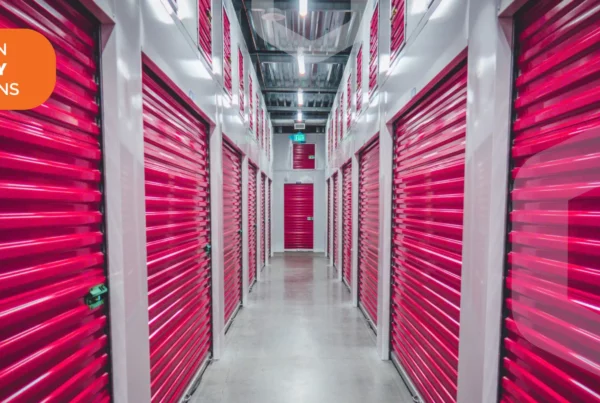Smart Building Solutions – The market for smart buildings is rising, but what exactly are they and why are they important? There is a lot of information about this new technology when looking at the definition of a smart building. Simply put, a smart building, often referred to as an intelligent building, is a structure that uses automated processes to regulate environmental systems like lighting, security, heating, ventilation, and air conditioning in response to building occupancy levels or outside factors.
Smart building systems, also known as intelligent building systems or IoT smart building systems, can apply the data to automatically modify resources in line with changing conditions by gathering data from sensors, IoT (Internet of Things) devices, and services on the premises. For instance, smart building controls can reduce lighting in sunny, bright areas or boost airflow in rooms as occupancy rises.
Facility managers may use resources, space, and energy more effectively while maintaining ideal conditions for building occupants thanks to smart building systems’ ability to automatically adjust to changes.
This article defines a smart building, gives examples of the essential elements of smart buildings, and lists the advantages of implementing smart building technology systems.

Drivers of smart building adoption
The use of IoT smart building solutions is growing due to a number of factors. They comprise:
Increasing energy expenses — As budgets continue to be squeezed by rate hikes and supply disruptions, many small and large organizations are seeking for ways to reduce rising energy costs. Building owners must develop ways to use energy more effectively to control costs.
Shifting occupancy levels – Due to the use of remote and hybrid working, commercial building occupancy levels might change during the day. To reduce the usage of resources in unoccupied rooms, managers are combining smart technology with building security.
Demand for healthy building environments – People who live or work in multi-family homes and commercial buildings want a safe and healthy environment. IoT building automation is one option to streamline administration. Property managers must make sure that conditions like air quality or temperatures are kept at an ideal level.
Severe weather conditions – No matter where your business is located, the weather can be unpredictable. Buildings that use intelligent building technologies to adjust the internal environment to changing temperatures or severe weather conditions can use energy more effectively.
Products for smart buildings are now widely accessible and include a variety of items and technology. Building sensor data may now be analyzed more easily thanks to recent advances in artificial intelligence, which enables building technology systems to react to particular events or triggers more quickly and accurately.
Open systems – A smart infrastructure combines a lot of intelligent construction parts. As more manufacturers adopt open standards, it is becoming simpler for designers of smart buildings to integrate components for a seamless solution that can be operated on a single dashboard.
Access Your Office with Smartphone
Discover why thousands of companies have Access Control System
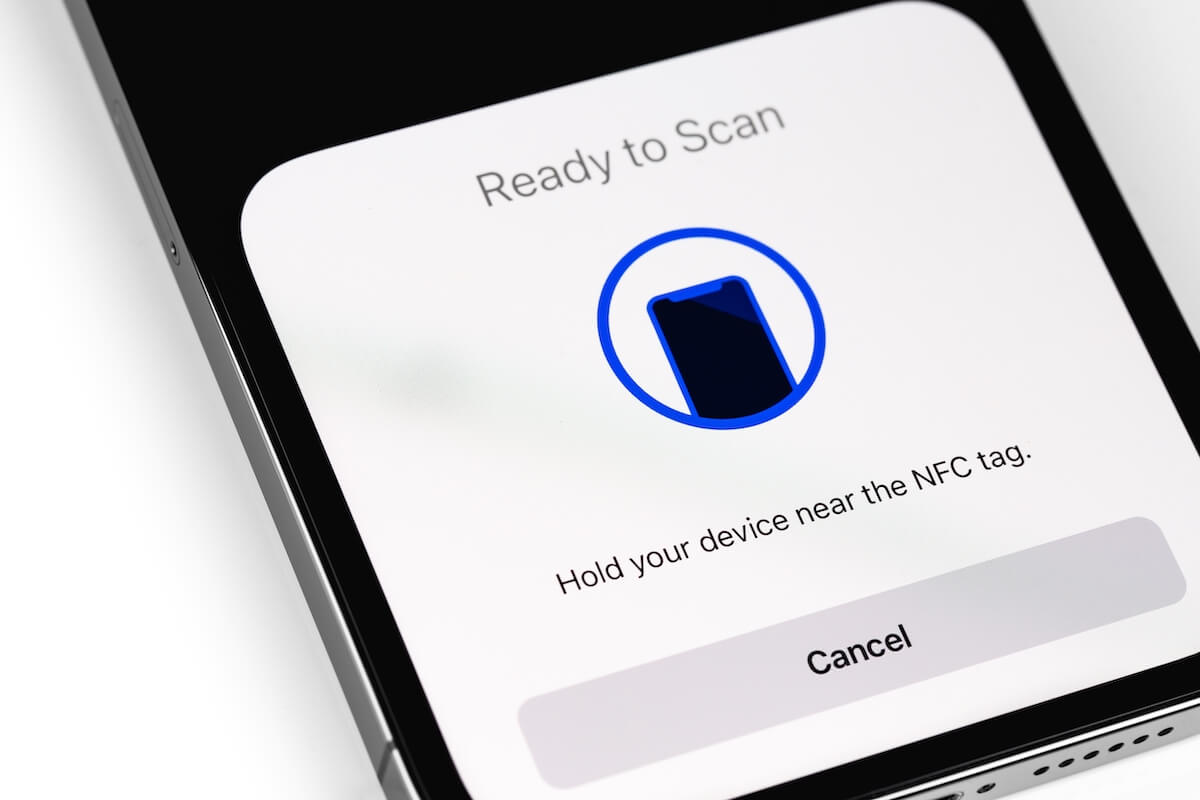
Elements of smart building infrastructure
A number of crucial components are included in smart building management systems:
Smart building sensors for IoT
Sensors gather both internal and external data that a smart building system might utilize to decide how to best manage resources like energy and space. Sensors can gather information on variables like internal or external temperatures, light levels, space occupancy, or air quality. Environmental sensors keep an eye on changes to the air and the senses, such as concentrations of carbon monoxide, humidity, or particle pollution in the workplace. This lessens the possibility of being absent due to illness and helps maintain a healthy work environment.
Analytics for smart building systems
Analytics allow facility managers to keep track of sensor data and feed it to IoT building automation systems and smart building management processors. The speed and precision of data processing can be further increased by utilizing artificial intelligence approaches. In intelligent buildings, analytics are useful for spotting anomalous behavior as well as long-term patterns or changes.
products and tools for smart buildings
This includes both the hardware and the software used in smart buildings. To regulate aspects like heating, lighting, air quality, or ventilation, a wide range of goods, technologies, and systems are used. To expand the capabilities of smart management, smart building management technologies can also be combined with security and safety systems, such as access control or fire alarms.
processors and servers
Processors that automate adjustments to intelligent building components are included in smart building controls. Facilities managers have the ability to create intelligent building technology to react to predetermined rules or to any changes brought about by data. For instance, it could be possible to program the lighting control processors in a commercial building to only react to changes made during normal business hours.
A crucial part of smart infrastructure is servers that run management software and databases. Servers inside the building or in the cloud can host smart building technologies. Because facility managers can access and administer the system via mobile devices from any place, a cloud-enabled system offers greater flexibility and possibility for IoT building automation. On-site servers, however, can be more adaptable to your company’s requirements.
intelligent building networks
A robust network is essential for the design and deployment of smart buildings since Internet of Things devices communicate data across it. All the parts of an IoT smart building system are linked by dependable, fast networks, allowing sensors to convey data and processors to send signals that instantly change building spaces.
Cloud Based Access Control
Learn about cloud based access control system and its futures.
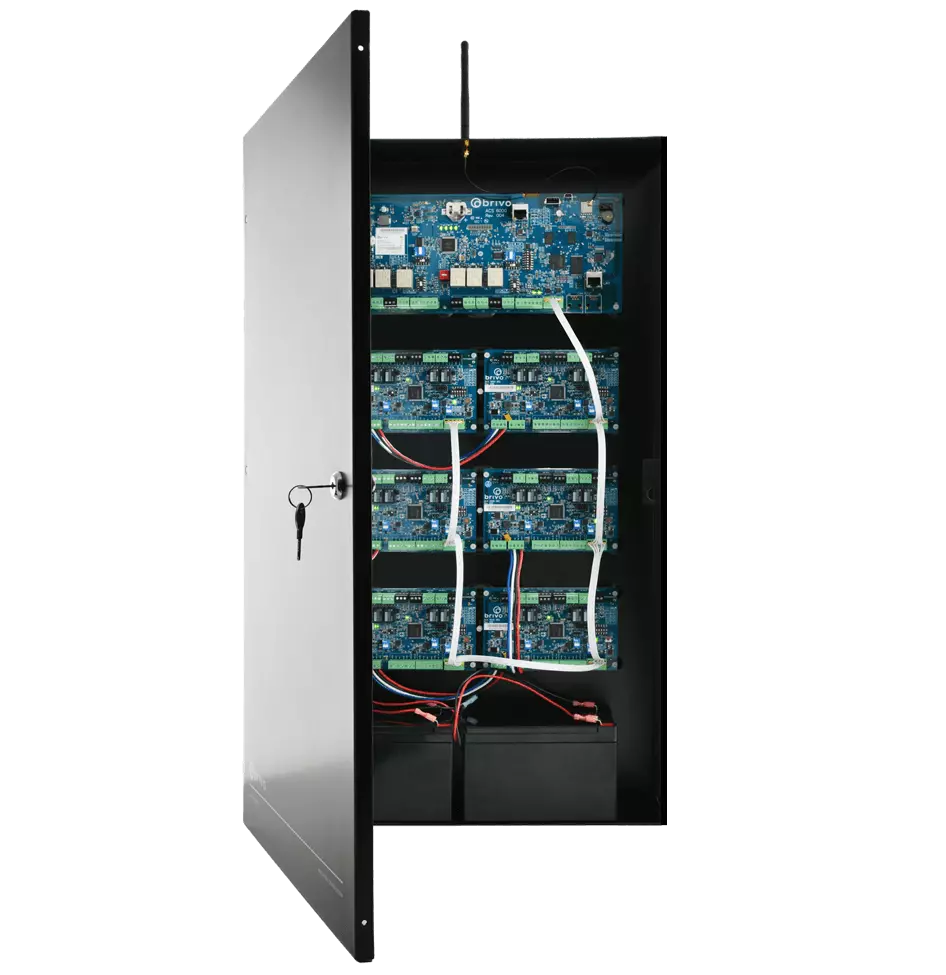
Common smart building technology and products
Depending on the objectives of your building and organization, not all smart building technologies are required for businesses today. IoT smart building designs for commercial properties should include the goods that have the biggest influence on increasing productivity, fostering cooperation, and guaranteeing a secure, safe environment. The most popular smart building technologies that can assist managers in doing this are:
Smart lighting systems that detect occupancy and turn on or off the lights. To increase the amount of natural light and lower lighting expenses, lighting controls can be connected with automated blinds or daylight sensors. In a commercial smart building, the intelligent lighting solution would be set to reduce non-safety lighting outside of regular work hours. Lighting in a multi-unit residential smart building would only be changed in shared or public areas in accordance with ambient light conditions or safety and security needs. Some multi-unit complexes may also offer smart building IoT solutions for individual apartments.
Smart HVAC systems automate the regulation of heating, ventilation, and air conditioning systems, altering temperatures in accordance with occupancy levels, outside temperatures, and weather forecasts to control energy consumption and provide a comfortable environment.
Smart windows can assist minimize the burden on lighting and HVAC systems and lessen glare by adjusting their brightness or darkness in response to the intensity of sunlight.
Meeting room booking systems allow facility managers complete visibility of space availability by synchronizing room management systems with staff calendars, internal meeting schedules, and planned client visits. Booking systems can be integrated with smart environmental controls and access control to ensure that lighting, air conditioning, and heating systems are only activated when a room is filled and that only people who have made reservations are permitted entrance to the facility.
For hybrid offices with fluctuating workspace demand, desk management software is crucial. For scheduled trips, employees can reserve workplaces in advance or look for open desks in case of an emergency. This Internet of Things building automation, which is integrated with intelligent access management, only permits admission on the days and times of a confirmed reservation.
Systems for preventative maintenance utilize sophisticated analytics and artificial intelligence on system data to identify anomalous patterns in system performance and provide maintenance notifications. With the use of smart building software and smart building apps, which can help offer extra information on system performance, facility management staff can address issues before they can result in outages or downtime.
Join UPS Stores Using Access Control
With Cloud Based Access Control, UPS Stores can regulate and track who enters its facility for PO Boxes.
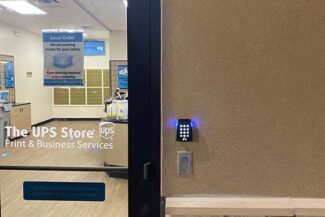
Security and safety in a smart building
While intelligent building technologies enhance the property’s environment, intelligent procedures can also be employed to boost safety and security.
Access control and smart building automation
The possibility of unlawful entrance is decreased by managing access to a smart building. Users and authorized guests can access building entrances or security doors to restricted areas by presenting various forms of identification, including mobile and biometric solutions through IoT smart building apps. Only employees having an approved booking on file will be able to enter the property at the dates and hours they’ve scheduled when integrated with intelligent building apps for desk and room reservations.
As input to environmental control systems, data from access systems gives useful information on present and historical occupancy levels. This enables facility managers to set environmental controls in areas with changing occupancy levels, such as conference rooms, to operate in accordance with occupancy data.
Increasing visibility with smart cameras
Intelligent commercial security video cameras can be connected with access control and other security products like sensors and alarms to provide a 360-degree view of security throughout a building. AI-enabled security cameras can be designed to record video when they notice suspicious motion or behavior in response to suspicious activity.
Security cameras can also incorporate smart sensors, such as those for noise, glass breakage, and trespass detection. If a window is broken or a door is left open, the sensor will activate the camera and notify security personnel of the potential issue so they may investigate.
Using automated technologies to make buildings safer
IoT building automation can be used to enhance the performance of air quality sensors, smoke detectors, and fire alarms, which is another benefit for safety systems. These sensors can activate lockdown systems or open protected doors in places under risk of fire or air pollution by connecting them with access control systems.
The safety sensors can also be set up to automatically activate other emergency responses, such alerting the fire department and local law enforcement.
Increasing cybersecurity safeguards
Strong security convergence is necessary for smart buildings. While physical security is important, the adoption of intelligent IoT building automation systems and the connection of more devices to building networks creates new attack surfaces for hackers to exploit. A converged security strategy is crucial because smart building solutions depend on both physical and cybersecurity safeguards. This allows the physical and cybersecurity teams to communicate, identify threats to smart building systems, and take appropriate action.
Commercial security cameras for business
- Business security cameras with enhanced coverage and IR that improve situational awareness
- Video analytics with AI to find incidents
- Hours of video are easily sorted through by Video Search to locate a suspicious person or vehicle.
- Integrates with third-party ONVIF® compliant platforms
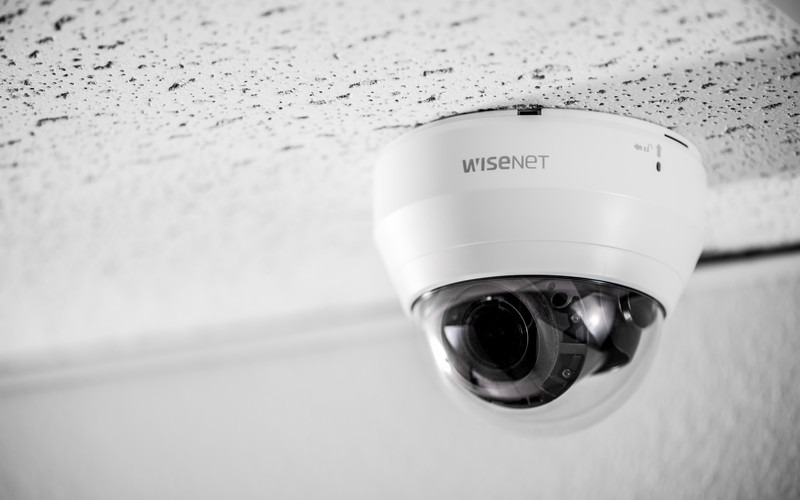
The importance of data for smart building design
One of the most crucial elements of smart infrastructure is data. Data detects occurrences inside smart building technology systems, such as when a space is occupied, when a person enters a building, or when a sensor is activated by shifting conditions. A response, such as turning on lights or air conditioning, turning on a security camera, or alerting facilities management, may be triggered after the smart building data has been reviewed.
As a basis for precise capacity or resource planning, the data can be utilized to monitor facility usage or other trends in addition to activating IoT smart building controls. Data from intelligent technology in buildings also provides a crucial record for evidence in the event of an incident.
Don’t risk legal
responsibilities.
Contact us right now to set up a consultation with one of our qualified security consultants. We will assist you in seamlessly navigating the complicated terrain of video surveillance laws. Your company deserves the greatest protection possible!
Developing a smart building solution and system
Smart infrastructure can be retrofitted into existing properties or smart building technology can be incorporated into new construction. Use this tutorial to set together a thorough smart building strategy for your building.
Planning and funding
To identify needs and objectives, it’s crucial to discuss suggestions with all stakeholders throughout the planning stage, including owners, property and building managers, and tenants. While there are numerous smart building products that can improve energy efficiency and the building environment, it’s important to identify and prioritize the smart building IoT solutions that can bring the most value.
In order to avoid costly errors, it’s also helpful to speak with technology and security experts who have experience with intelligent building design.
Your fundamental smart building plan ought to include:
Quantity and placement of IoT and sensor devices
Quantity and placement of access control devices and security cameras
Network and power supply infrastructure
Management and control software
Budgets for IoT-based smart building solutions should include account for the costs of installation, integration, ongoing maintenance, and upgrade fees as a starting point for estimating through-life expenses. To evaluate the advantages of the solution and determine return on investment, it is crucial to establish metrics for the intended installation.
Choosing intelligent building technology products
To function as a single system, the smart building system’s components must be interoperable and simple to integrate. Selecting goods and systems created and constructed in accordance with open standards is so crucial. In order to minimize disruptions to regular operations, the smart building products must also be dependable.
When deciding which smart building technology systems to invest in, look for solutions that give long-term flexibility with chances to scale up or down. You can easily change your plans in the future based on the information provided by your smart building systems. Including some flexibility into your designs from the beginning will help future-proof your investment as intelligent building technology advances.
Benefits of smart building management and automation
Better resource use – Building resources are only used when necessary thanks to data from sensors and IoT devices. Businesses can improve schedules for better resource management by using data from smart devices like access control readers and occupancy sensors to better understand peak times and traffic patterns inside the building. Certain IoT building technologies and analytics can also assist property managers in streamlining daily operations, such as automatically buying supplies or planning maintenance based on specific rules or event triggers.
Better energy efficiency – Smart building technology systems can also increase energy efficiency. Businesses may manage their energy use by matching usage to demand thanks to smart environmental controls that react to occupancy levels and shifting weather conditions. This helps keep costs under control despite rising energy bills and raises the building’s green credentials. Powerhouse Telemark, a carbon-negative building in Norway that uses 70% less energy than a conventional structure of comparable size, is one example of how smart buildings are experiencing increased energy efficiency. One of the top ten buildings in the world, this smart building example also makes use of mobile-first smart building apps and simplified cloud management for quick, safe access.
Regardless of the weather, a comfortable and safe environment is created by the high level of environmental management and smart IoT building automation. The atmosphere is safe thanks to air monitoring, which also lowers health hazards. Smart safety sensors that automatically alert security personnel and emergency responders, start emergency lockdown procedures, or release doors for egress can enhance building safety.
Improved security – Intelligent access control systems and remote security monitoring aid in preventing unwanted entrance to the building and safeguarding residents and their property from outside threats. Security staff have better visibility and awareness of incidents and odd activity when access control systems and security cameras are integrated with smart sensors and alarms. Selecting security cameras with artificial intelligence enhances performance and efficiency, thereby enhancing security.
Increased transparency – Data about space and resource utilization is provided in abundance by intelligent building systems. Property managers can use this data to evaluate system performance and decide how to allocate resources or adjust building capacity in the future.
decreased property costs
Long-term cost savings from intelligent building management can be significant. Improved energy efficiency lowers direct energy costs, while system data on occupancy and usage can assist property managers in identifying potential to reduce total space requirements. Data on system performance serves as the foundation for automated preventative maintenance plans, which lower long-term component maintenance and replacement costs. The workload of facility management staff is lessened by increased IoT building automation, which lowers support expenses.
Have questions? We can help
Our security experts can help you implement the right security system for your business.






